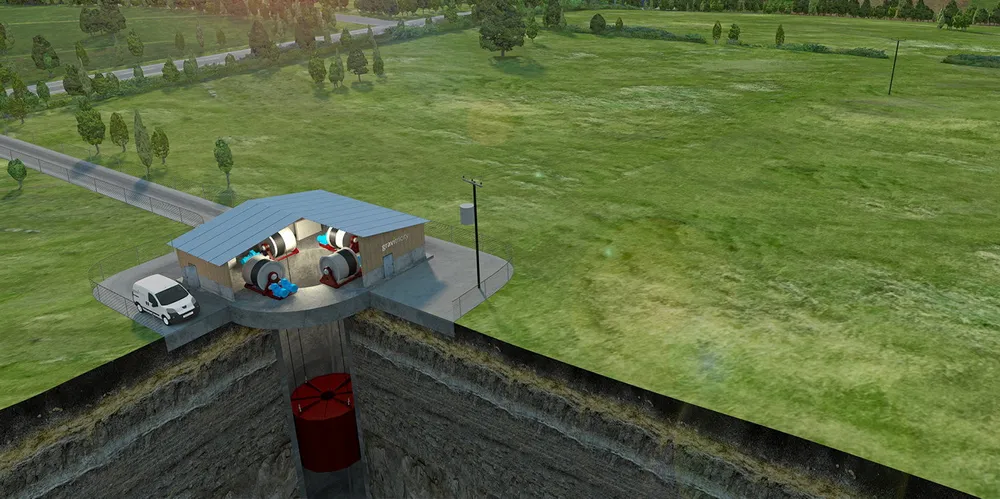Gravity-based green energy storage tech pioneer eyes US mineshafts
Gravitricity and IEA Infrastructure Construction to seek funding under government scheme for projects at ex-mining sites

Gravitricity and IEA Infrastructure Construction to seek funding under government scheme for projects at ex-mining sites
